low voltage vs. line voltage, and other questions
tetrazzini
15 years ago
Featured Answer
Sort by:Oldest
Comments (14)
texasredhead
15 years agosnoonyb
15 years agoRelated Discussions
Dimmer experts: line voltage load on low-voltage dimmer?
Comments (3)Lutron says it is OK to mix some incandescent line voltage with electronic low voltage when using one of their electronic low voltage dimmers. At least one other company doesn't recommend it as it can cause problems. Dimming electronic transformers can be an experimental process. It is not always straightforward. Do remember that you will need a neutral wire for the electronic low voltage dimmer. Note: Do not mix electronic and magnetic transformers on a dimmer....See MoreBest Low Voltage recessed/ line voltage MR16
Comments (1)Nora is perfectly fine. I've been using them for over 10 years with no problems. As for #2, I'd say that those trims normally do look pretty much the same. But that might vary slightly by manufacturer....See Moremonopoints - low voltage vs line voltage - need another opinion
Comments (1)Low voltage halogen bulbs could last longer than line voltage equivalents. I think there are more choices for low voltage. There are LED bulbs available today, but most do not produce as much light as the halogen bulbs....See MoreLow voltage/Line voltage?
Comments (7)Line voltage is cheap and lame, dude. Low voltage is hip and cool! Er, Not really. Low-voltage filaments are short and fat, in comparison to their line-voltage equivalents. The smaller filament means that the light emanates from a smaller "point" in space. Such light is exceptionally crisp and easy to direct with reflectors. It makes diamonds sparkle and shadows more pronounced. A low-voltage reflector bulb can throw a great deal of light in a very specific direction; if you want to throw a spotlight on something and really make it stand out, low-voltage is the way to go. Low voltage bulbs also tend to be smaller, which is good if you want smaller fixtures. For example, low-voltage undercabinet lights seem to be about 1/2" thinner than similar line-voltage fixtures. Also, since low-voltage current is less dangerous, it's acceptable to have exposed electrical contacts in places where they might be accidentally touched, which makes some specialty fixtures possible. Low-voltage requires a transformer to step the current down, which makes the fixtures more expensive. If you want to dim low-voltage lights, you need a special, more expensive, dimmer to do it. Line voltage filaments, on the other hand, are larger so the light tends to be more diffuse. Shadows are less pronounced. It's a better choice for general lighting, where you don't want hard shadows. The fixtures are cheaper, as are the dimmers to control them....See Moretetrazzini
15 years agosnoonyb
15 years agotetrazzini
15 years agosnoonyb
15 years agolightguy
15 years agosolarpowered
15 years agolightguy
15 years agotetrazzini
15 years agolightguy
15 years agotetrazzini
15 years agotexasredhead
15 years ago
Related Stories
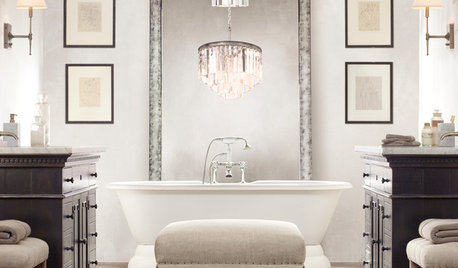
LIGHTING5 Questions to Ask for the Best Room Lighting
Get your overhead, task and accent lighting right for decorative beauty, less eyestrain and a focus exactly where you want
Full Story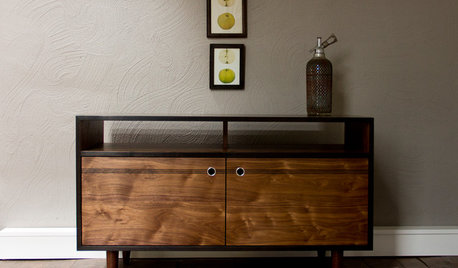
EVENTSTrends from the Front Lines of Furniture Design
See what’s hot in furniture again through the designers’ offerings at the 2014 ICFF
Full Story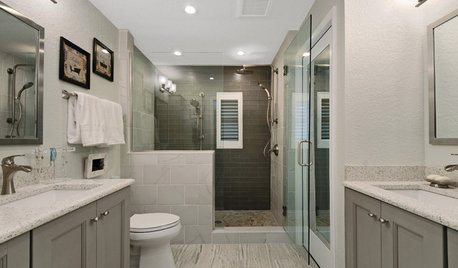
INSIDE HOUZZSee a Couple’s New Spa-Like Bathroom From Lowe’s and Houzz
The sweepstake winners’ master bathroom gets a makeover with a new shower, tile and storage space
Full Story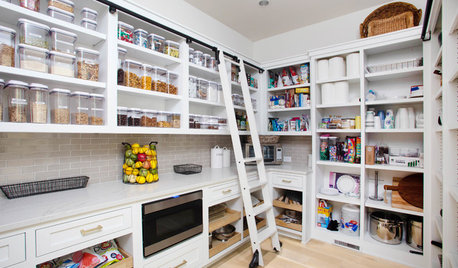
KITCHEN DESIGN9 Questions to Ask When Planning a Kitchen Pantry
Avoid blunders and get the storage space and layout you need by asking these questions before you begin
Full Story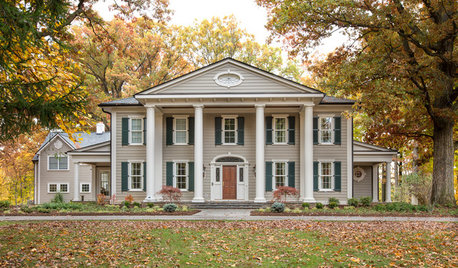
SELLING YOUR HOUSE15 Questions to Ask When Interviewing a Real Estate Agent
Here’s what you should find out before selecting an agent to sell your home
Full Story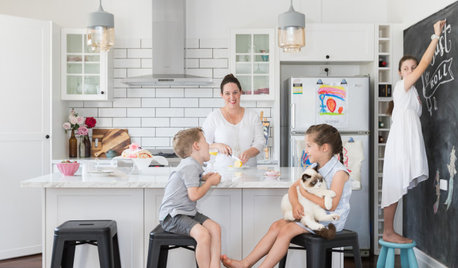
FEEL-GOOD HOMEThe Question That Can Make You Love Your Home More
Change your relationship with your house for the better by focusing on the answer to something designers often ask
Full Story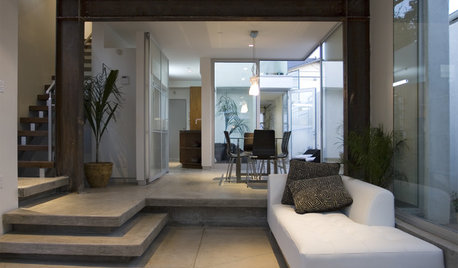
GREEN BUILDINGConsidering Concrete Floors? 3 Green-Minded Questions to Ask
Learn what’s in your concrete and about sustainability to make a healthy choice for your home and the earth
Full Story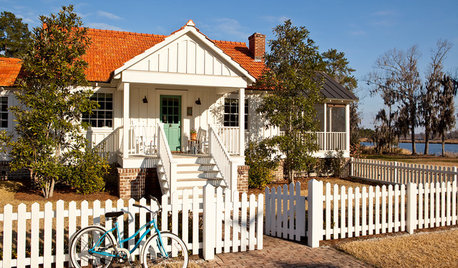
REMODELING GUIDESConsidering a Fixer-Upper? 15 Questions to Ask First
Learn about the hidden costs and treasures of older homes to avoid budget surprises and accidentally tossing valuable features
Full Story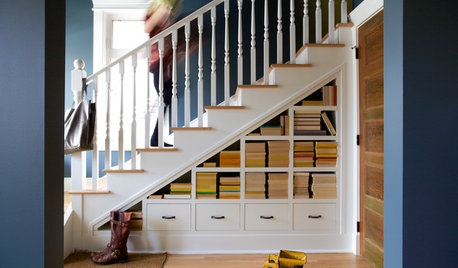
ORGANIZINGPre-Storage Checklist: 10 Questions to Ask Yourself Before You Store
Wait, stop. Do you really need to keep that item you’re about to put into storage?
Full Story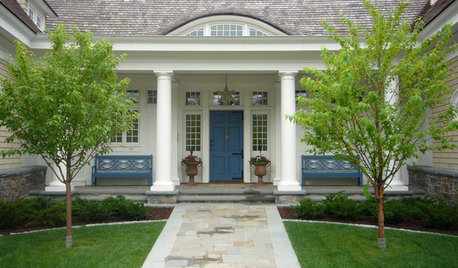
EXTERIORSCurb Appeal Feeling a Little Off? Some Questions to Consider
Color, scale, proportion, trim ... 14 things to think about if your exterior is bugging you
Full StorySponsored
Columbus Design-Build, Kitchen & Bath Remodeling, Historic Renovations
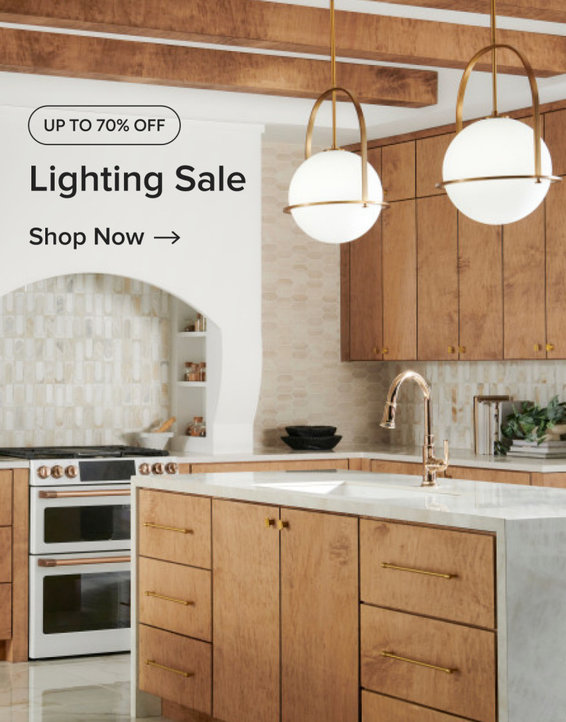

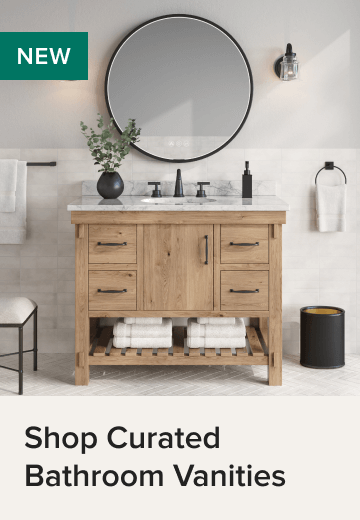
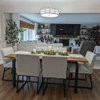
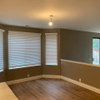

texasredhead